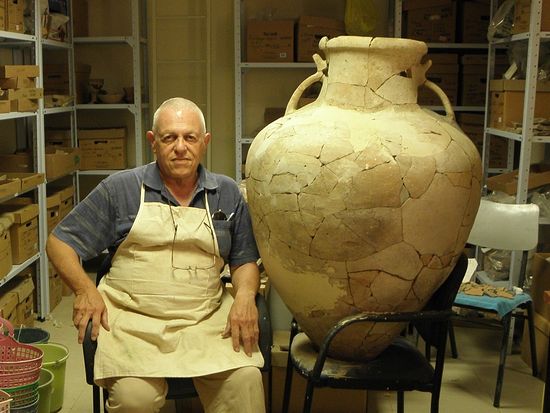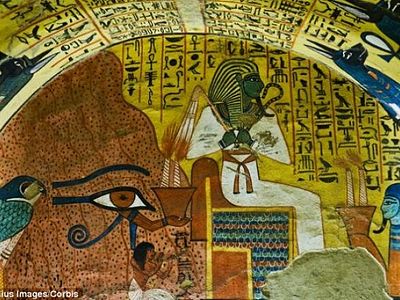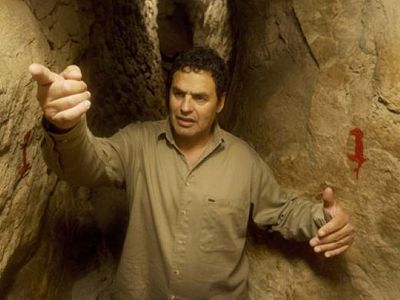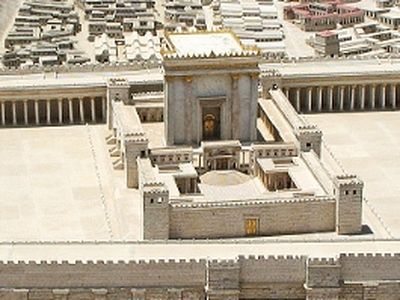February 25, 2015
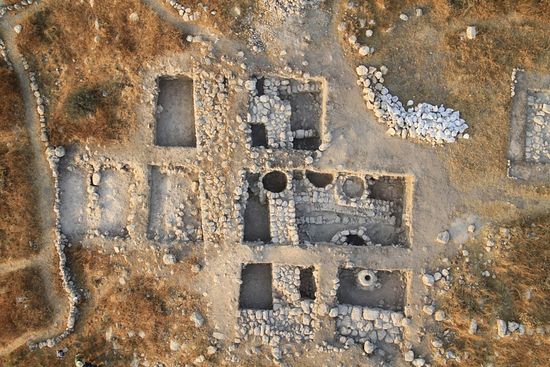 Aerial shot of the fortifications found at Tel Burna. Archaeologists believe this could be the site of Libnah, which is mentioned in the Bible(Sky View)
Aerial shot of the fortifications found at Tel Burna. Archaeologists believe this could be the site of Libnah, which is mentioned in the Bible(Sky View)
The Kingdom of Judah was a state established in the historical Land of Israel around 930 BC. It was known as the southern kingdom and included cities such as Jerusalem, Hebron, Lachish and Beersheba.
According to biblical accounts, Libnah was one of the places where the Israelites stopped during the Exodus, which subsequently became a town in the Kingdom of Judah.
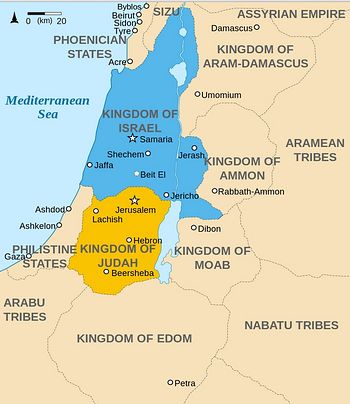 Map showing the Kingdoms of Israel (blue) and Judah (orange), ancient Southern Levant borders and ancient cities such as Urmomium and Jerash. The map shows the region in the 9th century BCE.(Malus Catulus, Wikimedia Commons)
Map showing the Kingdoms of Israel (blue) and Judah (orange), ancient Southern Levant borders and ancient cities such as Urmomium and Jerash. The map shows the region in the 9th century BCE.(Malus Catulus, Wikimedia Commons)
Libnah was also the site of a revolt during the reign of King Jehoram of Judah (mentioned in 2 Chronicles 21:10) when the king had forsaken "the God of his fathers".
Another biblical account states 185,000 Assyrian soldiers under King Sennacherib were killed by an angel of God while they were encamped near Libnah, which prevented them from advancing on Jerusalem from Lachish (2 Kings 19:35).
Tel Burna could be site of Libnah
A team of archaeologists from Ariel University and Bar Ilan University have been excavating the site, known today as Tel Burna, since 2009.
Tel Burna is located in the rolling plains of the Shephelah region in south-central Israel, which served as a strategic borderland between the Philistines to the west, and the kingdom of Judah and the Kingdom of Israel (northern kingdom) to the east.
It is surrounded by lots of ancient sites that have been excavated in the past and although the team have only been working on this site for several years, they have already found important clues that identify it within the context of biblical history.
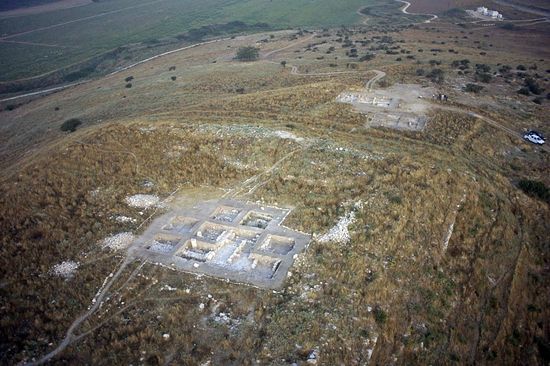 The site of Tel Burna in Shephelah, south-central Israel. Several different excavations are going on and archaeological remains are being found from many different periods(Sky View)
The site of Tel Burna in Shephelah, south-central Israel. Several different excavations are going on and archaeological remains are being found from many different periods(Sky View)
"The identification of the site has been debated for more than a century," Dr Itzhaq Shai, assistant professor at Ariel University and lecturer at Bar Ilan University who has directed the Tel Burna Excavation Project since its inception, told Popular Archaeology.
"There are scholars who have claimed that Tel Burna is biblical Libnah, which was mentioned several times in the Bible.
"This identification was based mainly on geographical and historical arguments... to date, there are other candidates for the location of ancient Libnah, including nearby Tel Zayit.
"However, the exposed archaeological remains at Tel Burna support this identification, with both the geographical, survey and excavation data fitting well with what we know and expect from a border town in the Iron Age."
Rosettes and LMLKs amongst artefacts discovered
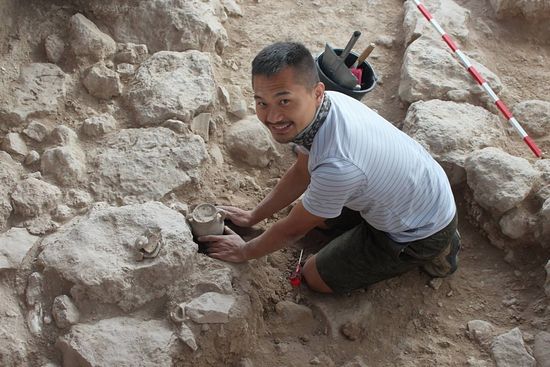 Archaeologist Benjamin removing a complete cooking jug from the fortifications in section Iron IIB(Tel Burna Archaeological Project)
Archaeologist Benjamin removing a complete cooking jug from the fortifications in section Iron IIB(Tel Burna Archaeological Project)
So far, the archaeologists have discovered a fortification system around the site dating back to the 7th century BC, and have so far exposed several metres of the walls.
They have also discovered artefacts dating back to the 7th and 8th centuries BC, including pottery handles and pillar figurines stamped with rosettes, and other objects marked with a Lamed-Mem-Lamed-Kaf (LMLK) – a seal impression meaning the items were state property belonging to King Hezekiah (circa 700 BC).
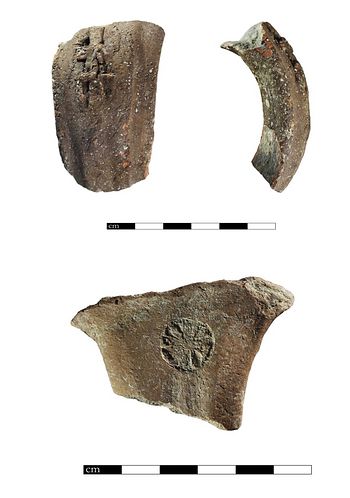 Top: A four-winged LMLK on a pottery handle. Bottom: A rosette stamped into another piece of pottery(Tel Burna Archaeological Project)
Top: A four-winged LMLK on a pottery handle. Bottom: A rosette stamped into another piece of pottery(Tel Burna Archaeological Project)
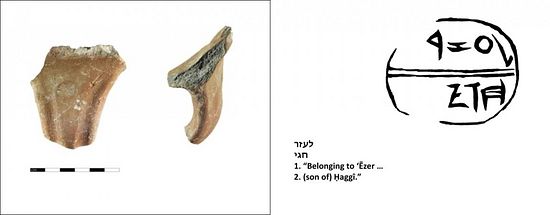 Left: A private seal impression of someone named Ezer Hagai on pottery. Right: An explanation of the seal(Tel Burna Archaeological Project)
Left: A private seal impression of someone named Ezer Hagai on pottery. Right: An explanation of the seal(Tel Burna Archaeological Project)
These objects point to a definite Judahite presence but Tel Burna also has other secrets to share.
The site boasts a great deal of archaeological findings from several different periods even further back into history, including the Persian Period and the late Bronze Age.
Part of a 13th century BC public building has been found, together with Cypriot votive vessels, fragments of ceramic masks, Cypriot pithoi (large earthenware jars) and even further back, a 17th century BC cult complex dedicated to Baal, the Canaanite storm god.
